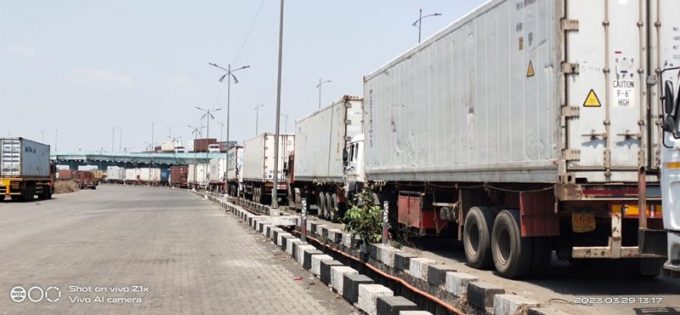Indian shippers brace for port strikes over 'promises not kept'
Indian shippers are fearful of major supply chain disruptions after dockworkers called for strikes at ...

Ocean carriers operating out of India’s Nhava Sheva port (JNPT) have voiced serious concerns over tariff hikes by the dominant private terminal operators.
In addition to PSA Mumbai (BMCT) announcing a near 7.5% hike in its service rates from this month, APM Terminals Mumbai, also known ...

Comment on this article
Rajeev Kathuria
April 09, 2023 at 10:58 amTerminal Operator are building up any Extra facilities to ramp up the facilty where in Congestion is the norm of the day ,Increasing the Trucker wait more than 4-6 hours ,which is straight loss of income /Time to every one